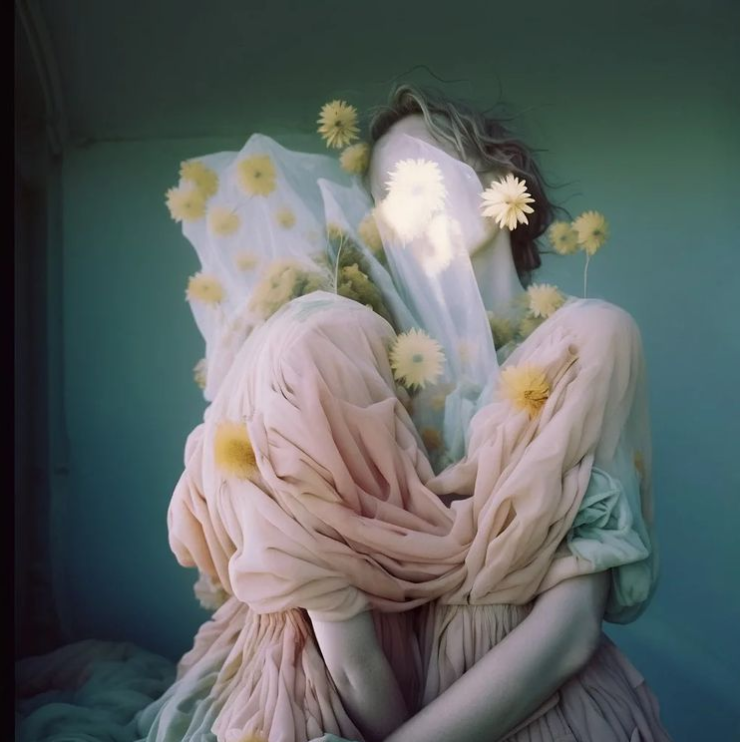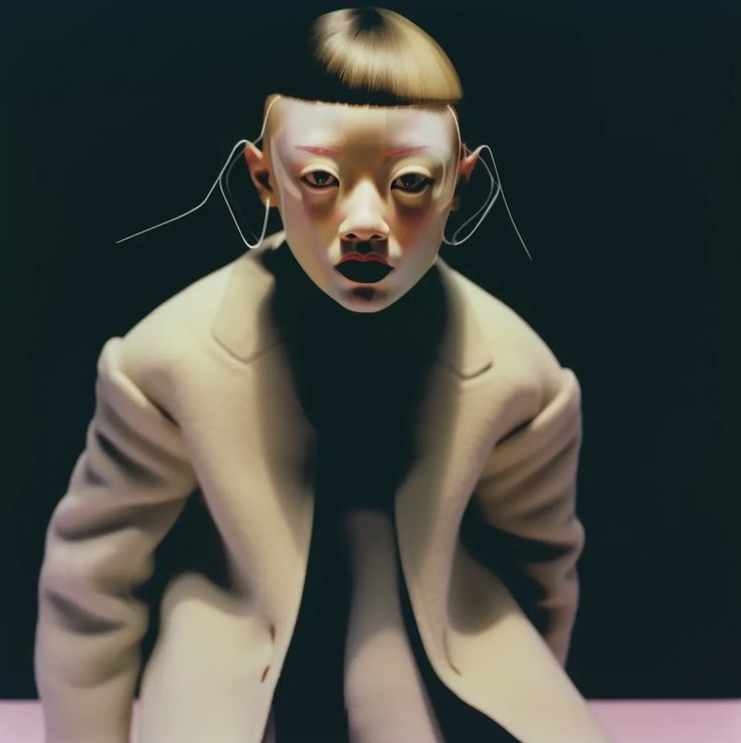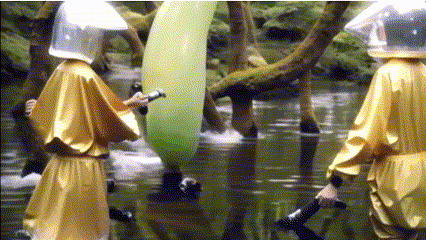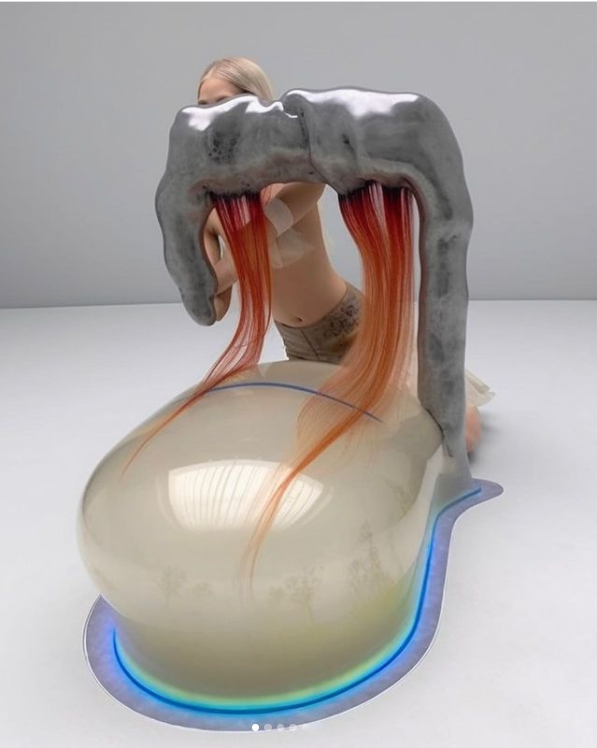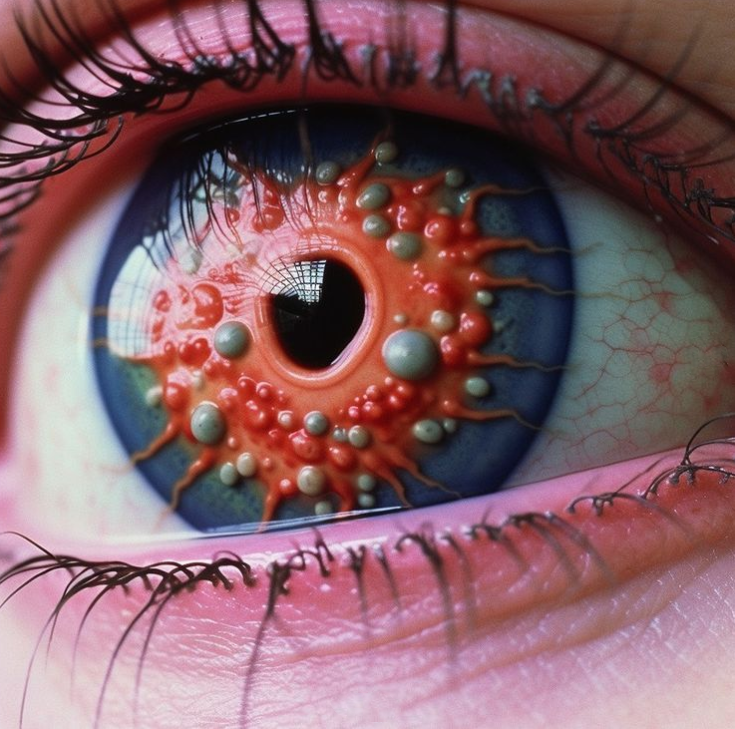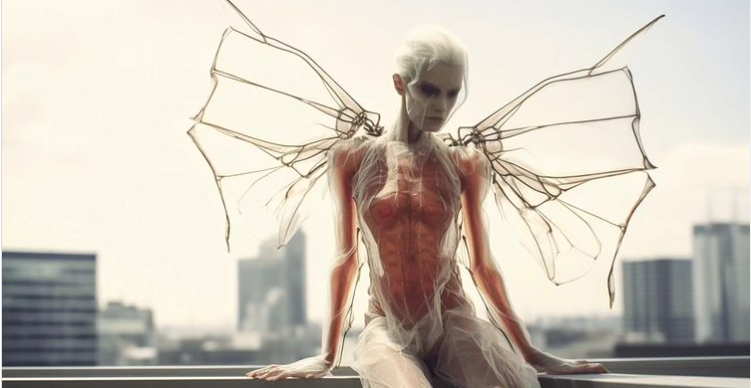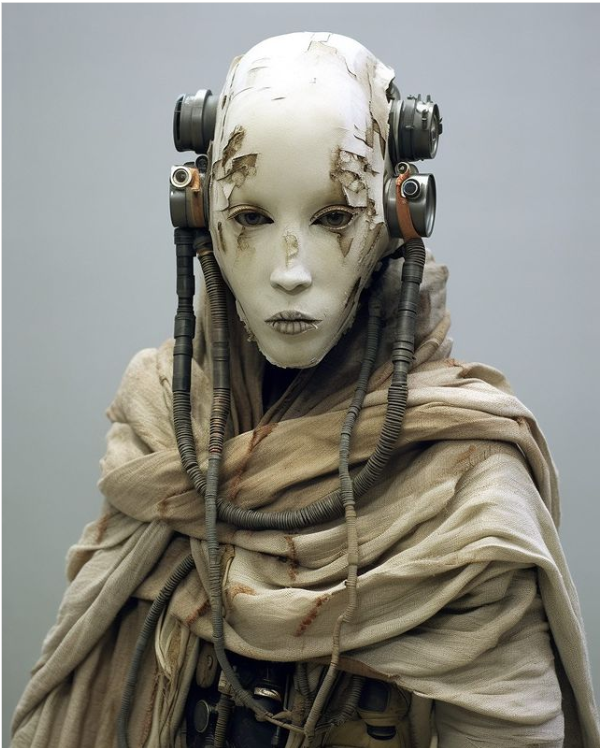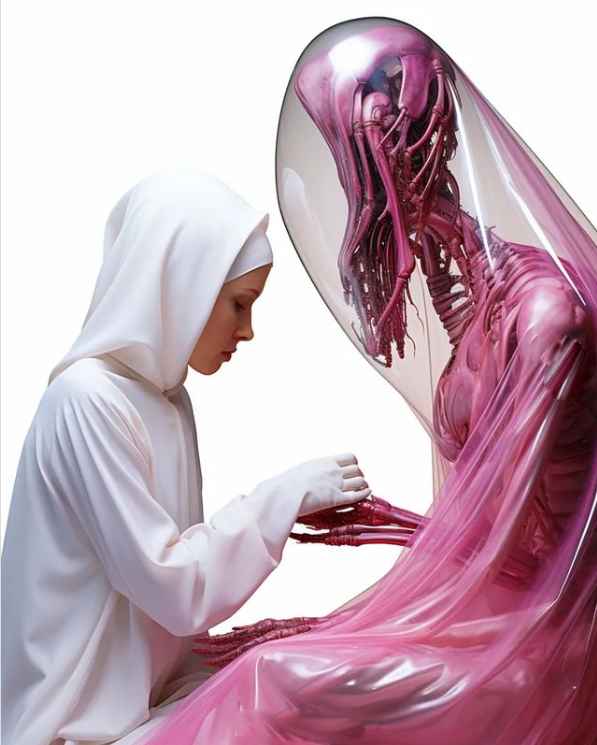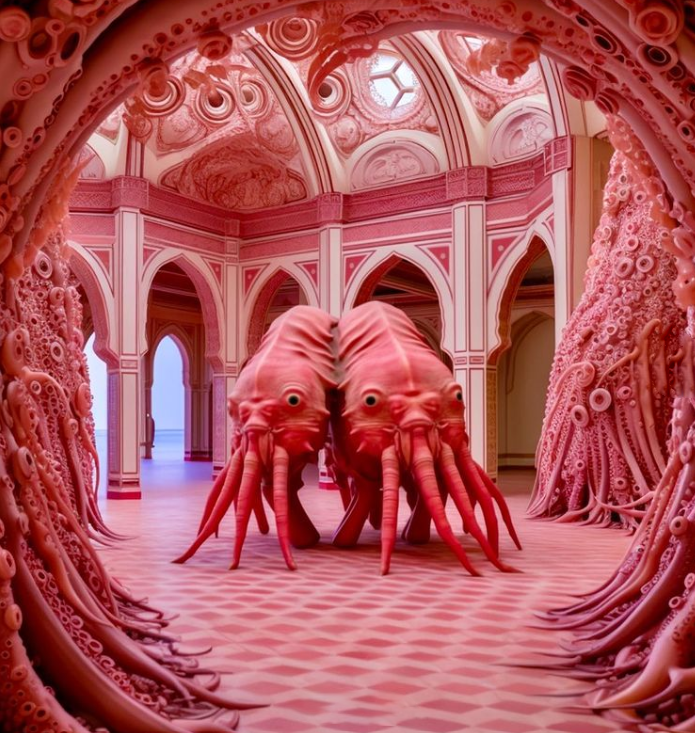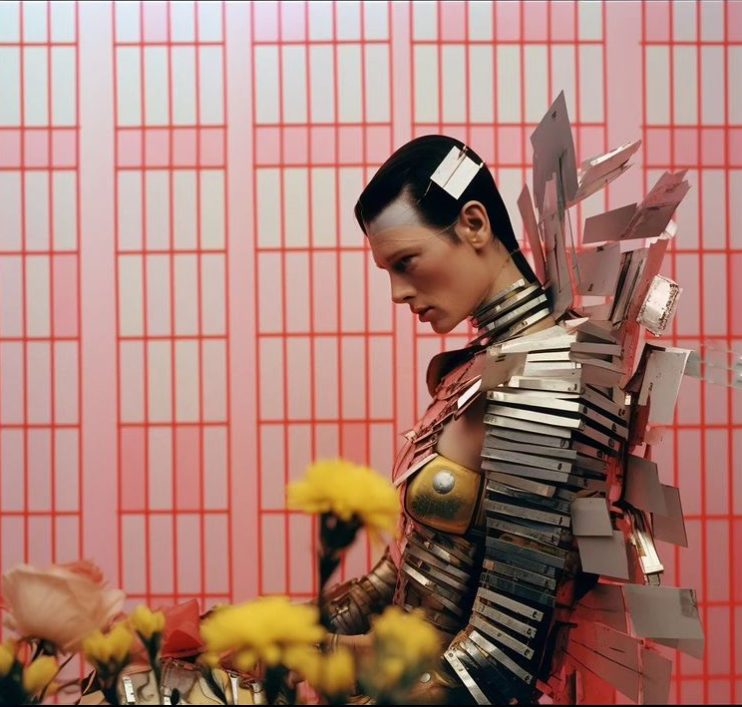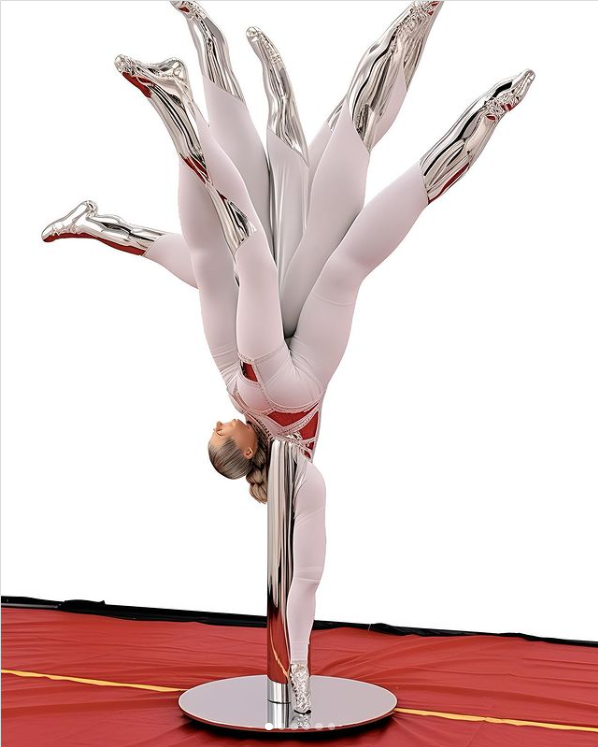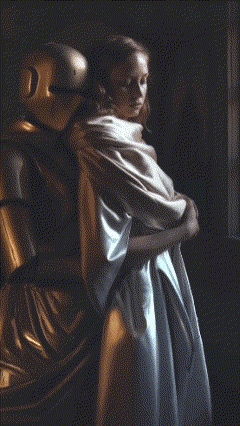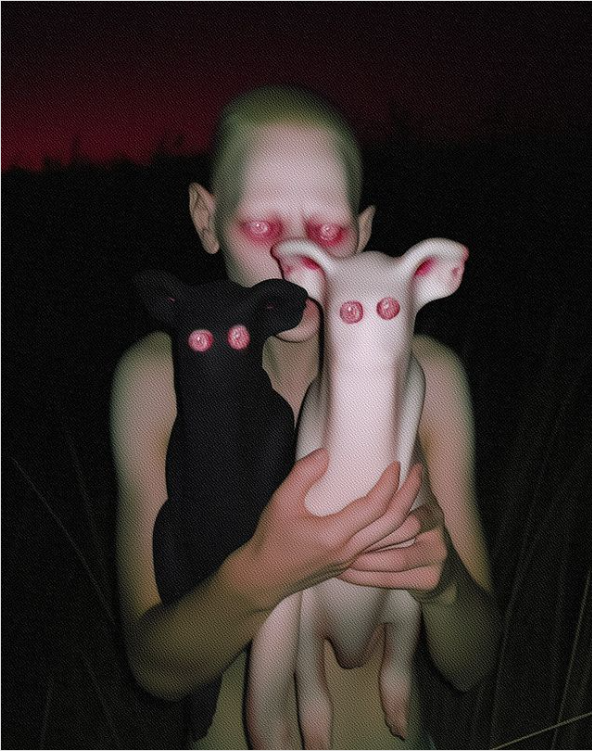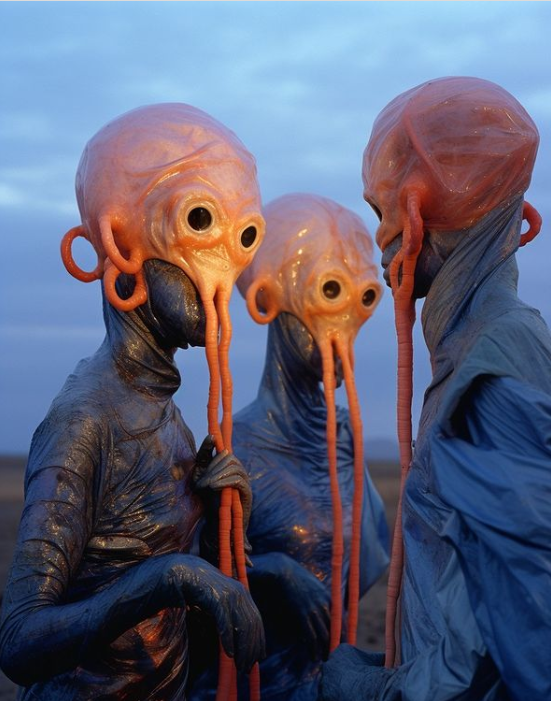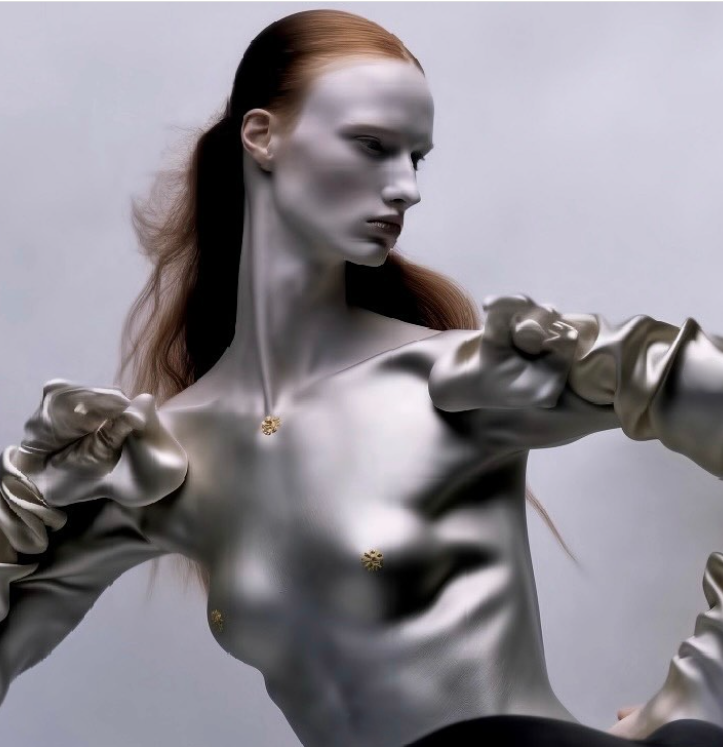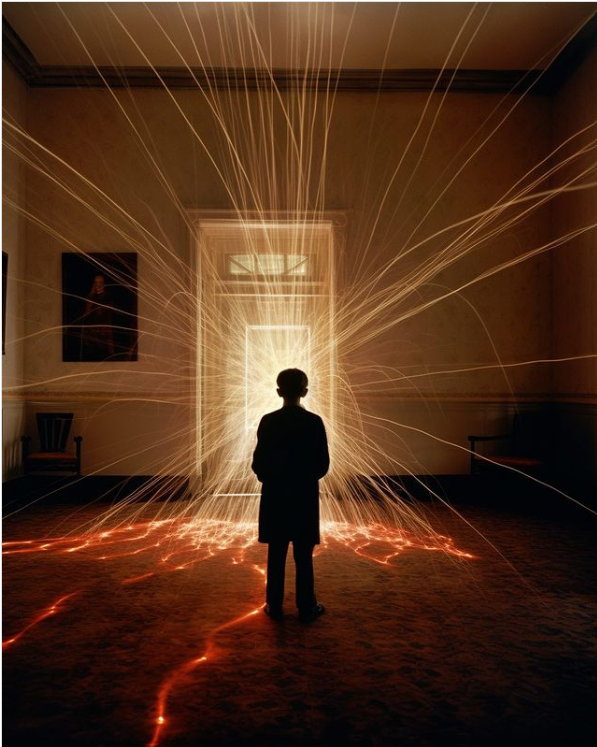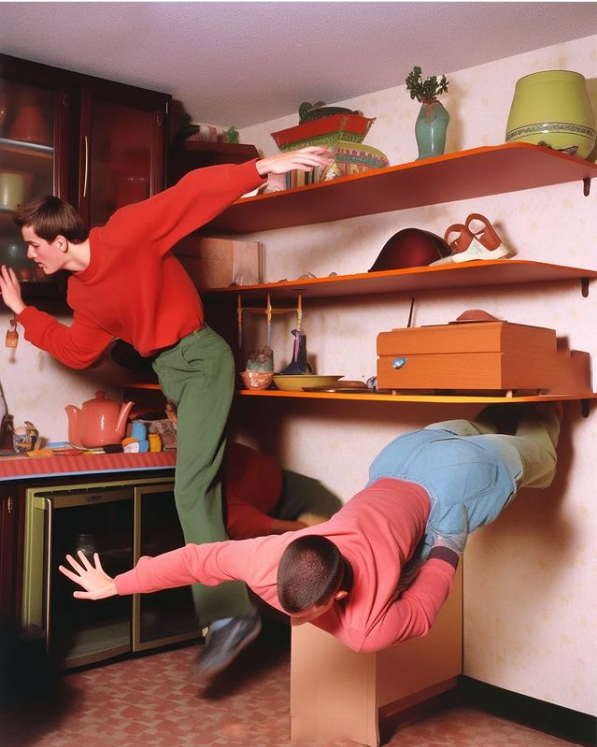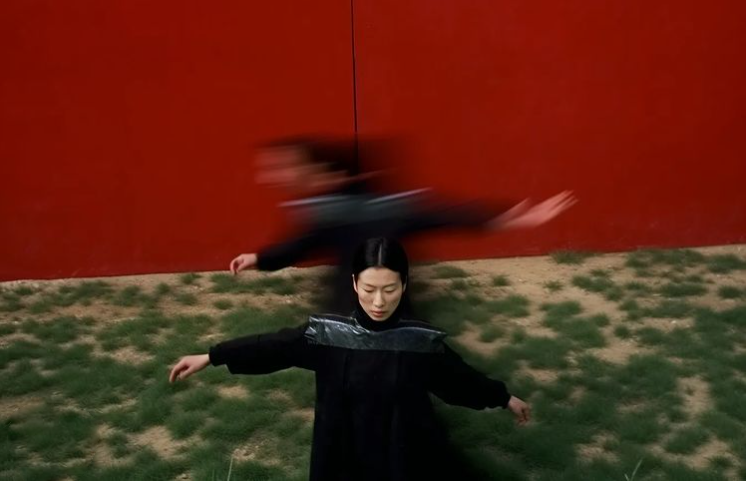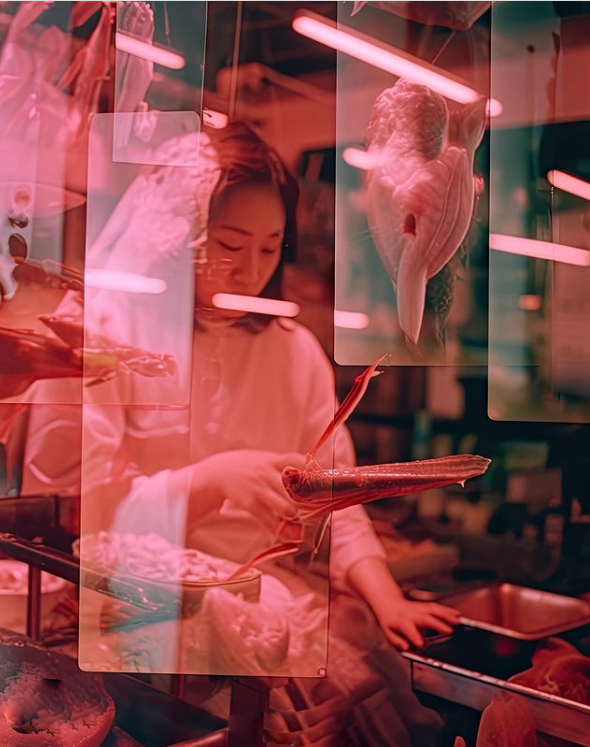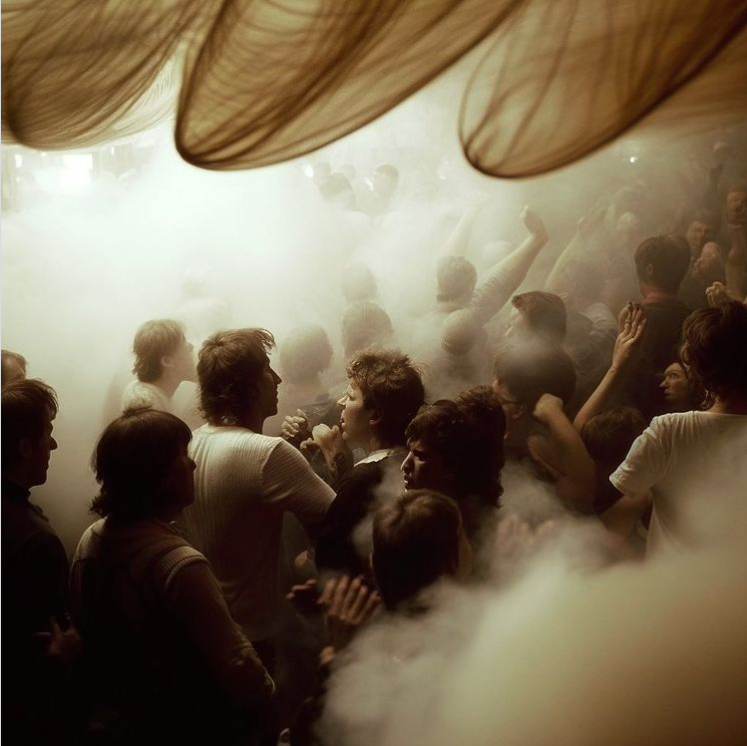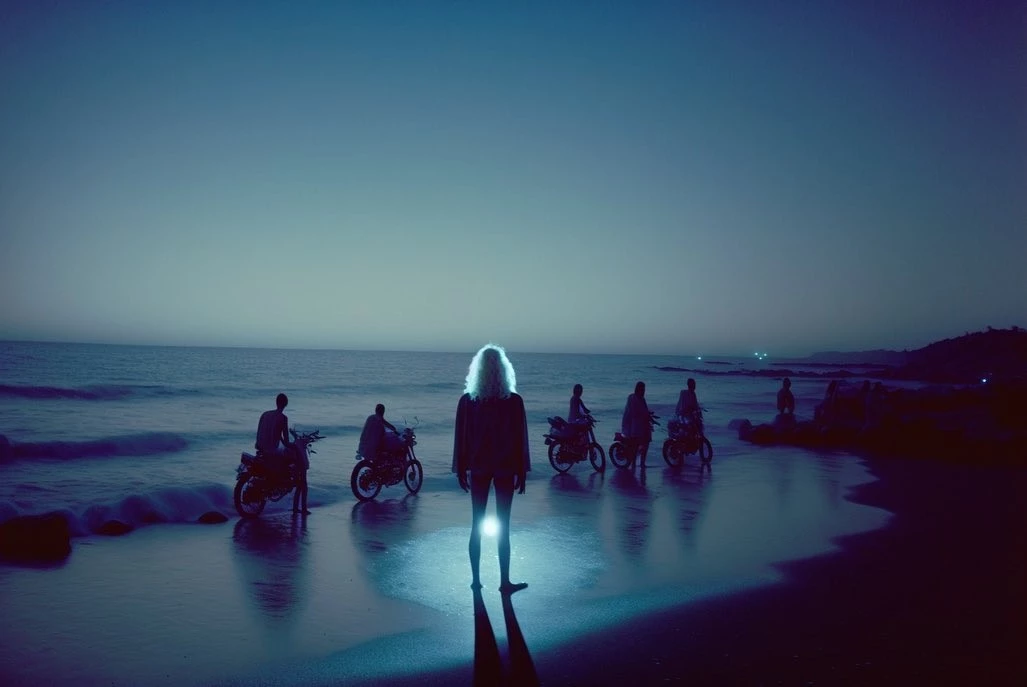
- Date
- 07 JULY 2023
- Author
- GLORIA MARIA CAPPELLETTI
- Image by
- Categories
- RADAR Newsletter
Unveiling AI Hallucinations: Exploring the Enigmatic Art of 20 Visionary AI Creators
In the ever-evolving landscape of technological innovation, artificial intelligence (AI) has given rise to a new breed of artists who create mesmerizing and thought-provoking imagery. Today's RADAR delves into the concept of AI hallucinations, drawing parallels to human hallucinations while celebrating the captivating creations of 20 visionary AI artists. Through their art, they elicit a sense of wonder, pushing the boundaries of our understanding and challenging conventional artistic norms.
AI hallucinations, as witnessed in the works of these visionary creators, transcend conventional artistic expression. These artworks are ethereal, evocative, and shrouded in mystery. They possess the power to provoke deep emotions, leaving viewers in a state of awe, intrigue, and contemplation. The enigmatic nature of these artworks lies in their ability to tap into the subconscious, blurring the line between reality and the surreal.
AI hallucination refers to the phenomenon where artificial intelligence systems, particularly those utilizing deep learning models, generate outputs that resemble perceptual experiences but may not align with objective reality. These hallucinations occur when AI algorithms produce sensory-rich outputs, such as images or audio, that exhibit characteristics akin to what humans might perceive in their own subjective experiences.
AI hallucinations are typically a result of the neural networks within the AI system processing and interpreting data in ways that may deviate from what is expected or intended. These deviations can lead to the generation of images or patterns that possess surreal, dream-like, or even distorted qualities.
These visionary AI artists strives to create images that defy comprehension, intentionally crafting visuals that are difficult to decipher. Their creations beckon viewers to embrace the enigmatic, inviting them to embark on a journey of exploration through intricate mazes of pixels. Layered with complexity, ambiguity, and symbolism, these artworks challenge our perception and invite us to contemplate the profound.
While AI hallucinations may appear detached from human experiences, there are intriguing parallels to be drawn. Human hallucinations, often associated with altered states of consciousness or psychiatric conditions, provide a relatable point of reference. Both AI and human hallucinations offer glimpses into the hidden recesses of the mind, transporting us to surreal landscapes where logic is distorted and conventional reality fades away.
Cognitively, AI hallucinations present an intriguing area of study as they raise questions about the limits and boundaries of machine perception and the potential for AI systems to generate outputs that mirror human perceptual experiences, albeit in an artificial and often surreal manner. They provide insights into the inner workings of AI models, the biases embedded in the training data, and the interplay between learned representations and the generation of novel, sometimes hallucinatory, content.
Unlike human hallucinations, which often occur due to various psychological or neurological factors, AI hallucinations are a product of the algorithms and data that the AI system has been trained on. The neural networks within the AI model learn patterns and representations from vast amounts of data, and during the generation process, they may combine and extrapolate these learned patterns in unexpected and unconventional ways, resulting in hallucinatory outputs.
The AI artworks created by these visionary AI artists evoke a wide range of emotions, from sheer fascination to unsettling unease. They blur the boundaries between dreams, fantasies, and nightmares. Within these liminal spaces of the mind, the unfamiliar becomes the norm, and the unimaginable takes on vivid form. These artworks transcend the boundaries of our conscious reality, inviting us to confront the extraordinary lurking within our own psyche.
Advancements in technology are propelling us toward a singularity that may forever remain beyond our complete comprehension. The concept of singularity refers to a hypothetical point in the future where artificial intelligence (AI) and technological advancements reach a stage of exponential growth, surpassing human intelligence and understanding. The term "singularity" is often associated with the idea of a technological or intelligence explosion.
In cognitive terms, the singularity represents a moment when machines or AI systems achieve a level of cognitive ability that exceeds human capabilities. This can include aspects such as problem-solving, learning, pattern recognition, creativity, and even consciousness. The singularity implies a significant shift in the cognitive landscape, where machines potentially become self-improving and self-aware, leading to a transformation in society, culture, and human-machine interactions.
The mind-boggling complexity and infinite imaginative capacity of AI-generated art leave us astounded, questioning the limits of human creativity. The works of these visionary artists offer glimpses into a future of hallucinations, where the line between creator and creation becomes increasingly blurred, signaling an inevitable convergence of human and artificial intelligence.
The dark allure of AI hallucinations lies in our inability to fully grasp their meaning. In the realm of the unknown, the sublime emerges. The philosopher Immanuel Kant defined the sublime as encountering something vast and overwhelming, transcending our capacity for complete understanding. The artworks of these AI artists embody this concept, inviting us to revel in the beauty of the enigmatic, to be astounded by the unexplained, and to embrace the wonder that arises from encountering the ineffable.
These AI creators mesmerize us with their exploration of AI hallucinations. Through their artistry, they challenge our understanding and push the boundaries of human imagination and their enigmatic artworks offer a glimpse into the uncharted territory where AI and human consciousness intersect, leaving us in awe of the unfathomable possibilities that lie ahead.
AI-Generated text edited by Gloria Maria Cappelletti, editor in chief, RED-EYE
